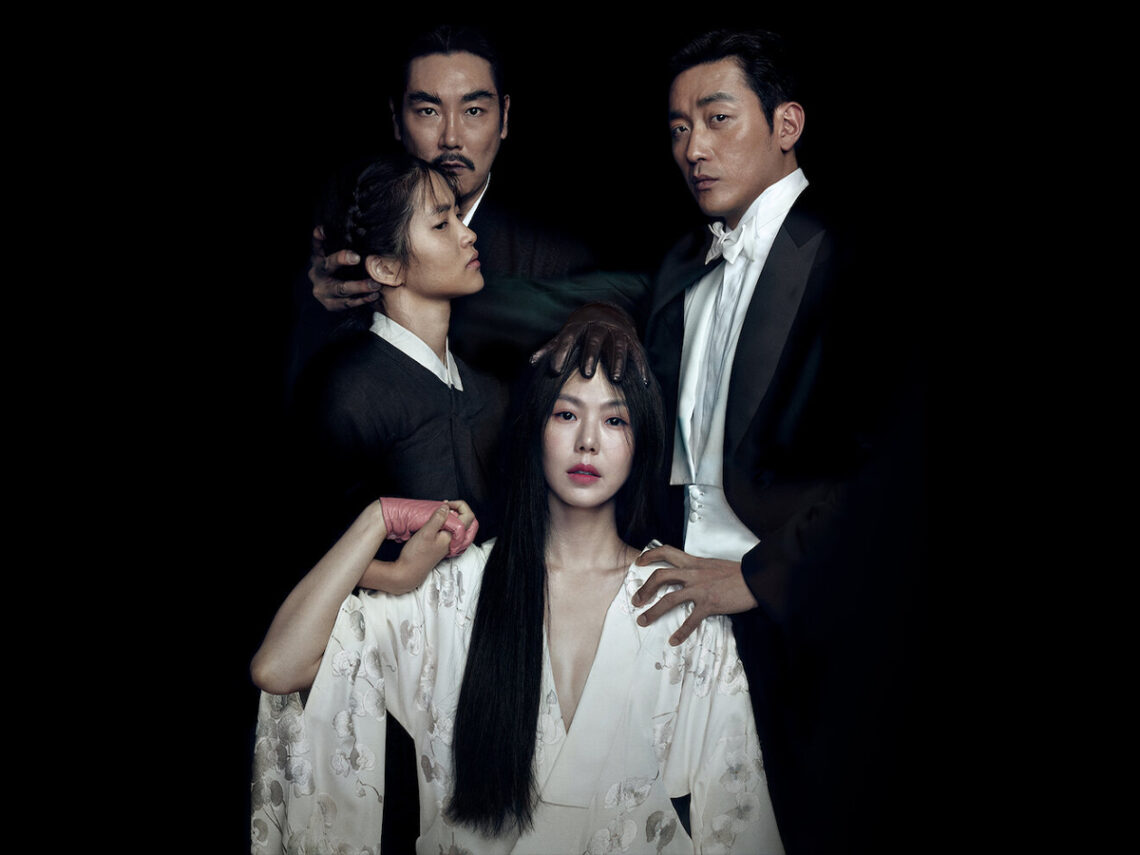
Why ‘The Handmaiden’ is still Netflix’s most visually stunning thriller
No one warned us that one of the most beautifully shot thrillers would also be the understated. The Handmaiden, directed by Park Chan-wook, is a film that seduces the eye long before it twists the mind. Years after its release and tucked quietly into the global library of Netflix, it still looks like nothing else on the platform. Not just in the thriller category, but across genres.
The first time you watch it, you might be drawn in by its plot. A con woman infiltrates a wealthy heiress’s life under false pretences. There is a scam leading to a twist and a betrayal—all the makings of a high-stakes thriller. But by the second viewing, you are not watching for the story; you are watching the wallpaper, the folds in a kimono, the way the camera watches someone before they even speak. Because that is where the real thrill lives, in the details.
Set in Japanese-occupied Korea during the 1930s, the film uses its setting as more than just a backdrop. The estate where most of the action unfolds is a strange architectural hybrid, blending Western opulence with Japanese aesthetics. It feels too large, too quiet, too intentional. A house that hides secrets in plain sight where every hallway creaks and every wall listens. It is not just where the story happens. It is part of the story.
The costumes are just as meticulously planned. Sook-hee’s uniform, Hideko’s lace, and the quiet transitions of their clothing all serve as visual cues. What they wear tells us when they are pretending, when they are performing, and when they are reclaiming their own narrative. In lesser films, these would be surface details. Here, they become emotional signposts.
Park Chan-wook does not rush. There are no fast cuts or inducing panic. He trusts silence and lets the camera linger. A look held too long becomes a confession. A wide shot of a character alone becomes louder than any dialogue. The tension is not loud or messy; it is precise, which makes it feel dangerous and insidious.
There is also the film’s use of perspective. Stories are retold from different points of view. The same scene plays twice, but feels different each time. This is not a gimmick but a way of showing how stories shift depending on who is telling them. The viewer is always kept slightly off-balance, watching and re-watching, trying to figure out what is real and who is a reliable narrator.
When it comes to intimacy, The Handmaiden is careful but unafraid. The erotic scenes are deliberate, shot with clarity and rhythm. They are not there to titillate but to reveal what the characters cannot say out loud. The body becomes the language, and the gaze becomes the admission.
Even the smallest sounds are loaded, such as the click of a pen, the rustle of silk, a gasp caught in the throat. These tiny noises are part of the sound design to aid the storytelling. The film trains you to listen closely, observe carefully and notice things you may have missed the first time.
That is what makes The Handmaiden so quietly powerful. It is a thriller that avoids the genre’s usual traps. It does not try to shock or overwhelm for it simply does not need to. It knows its strength lies in the composition, the relief, and in letting beauty carry the menace inherent. It shows how softness can be an armour.
Years after its release, on a platform full of flashy thrillers and formulaic twists, The Handmaiden still holds its ground. It feels handcrafted and polished but not cold; gorgeous but not empty. It invites you to look closer and then punishes you for blinking.
It is not just a thriller; it is a masterclass in silent storytelling, and it still might be the best-looking film on Netflix.